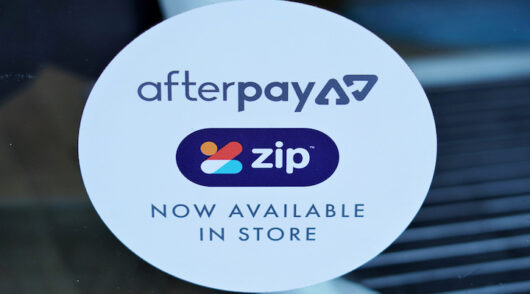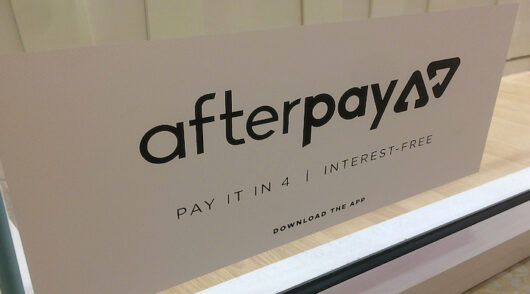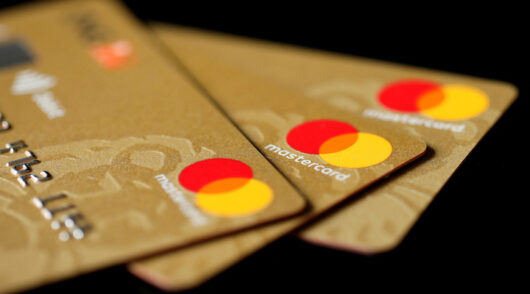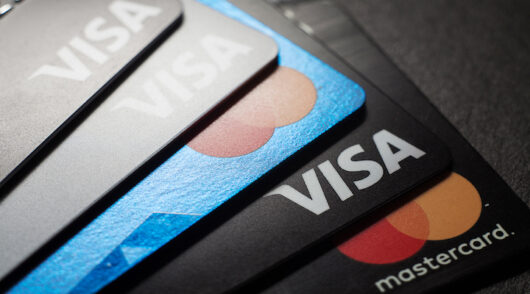 Australia is moving closer to a cashless and cardless society, with nearly three quarters of consumers (72.4 per cent) using at least one digital payment method per year, and the vast majority of consumers (93.9 per cent) being aware of digital payments.
Australia is moving closer to a cashless and cardless society, with nearly three quarters of consumers (72.4 per cent) using at least one digital payment method per year, and the vast majority of consumers (93.9 per cent) being aware of digital payments.
Newer types of payment, including buy now, pay later systems like Afterpay, Openpay and zipPay and fintechs like Apple Pay, are particularly popular with millennial and Gen Z consumers, indicating that they, eventually, will become the norm at checkouts.
This is the takeaway from Roy Morgan’s Digital Payment Solutions Currency Report released on Monday, which includes findings from face-to-face interviews with over 50,000 consumers conducted over the 12 months to November 2018.
According to the report, 7.2 per cent of the Australian population over 14, roughly 1.5 million people, have used buy now, pay later at checkout, and 6.8 per cent, roughly 1.4 million people, have used fintechs.
These figures are significantly higher for millennial and Gen Z consumers: 11.4 per cent of millennials and 11.6 per cent of Gen Z have used buy now, pay later, and 10.4 per cent of millennials and 10.6 per cent of Gen Z have used fintechs.
This corresponds with a recent survey on millennial spending behaviour conducted by AlphaBeta, which found that millennials are 37 per cent less likely than older generations to own a credit card, citing a belief they are “costly and risky”. In contrast, they see buy now, pay later apps as helping them to budget and avoid debt.
The study, which was commissioned by Afterpay, linked this change in spending behaviour to the different financial circumstances of most millennials compared to older generations when they were at the same stage in life.
“Millennials face greater financial pressures than previous generations,” Andrew Charlton, co-owner of economic consultancy AlphaBeta, said.
“For example, Baby Boomers could buy a house for around five times the average household income and enjoyed free education, but for [millennials], houses cost eight times the average household income and the average HECS debt is $19,000.
“In response, millennials are making different spending decisions to past generations and are actually spending more wisely – including cutting back on discretionary purchases, saving more, and using new technologies to help them budget effectively and spend differently.”
Broader uptake going forward
Younger consumers are expected to continue to take up digital payments in greater numbers going forward due to two factors, according to Norman Morris, industry communications director at Roy Morgan.
First, uptake of new technology tends to progress from early adopters to mainstream audiences. Second, the growing proliferation of smartphones and wearable devices means that consumers have integrated fintechs – like Apple Pay and Samsung Pay – and buy now, pay later apps at their fingertips at the checkout.





